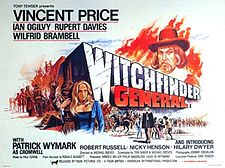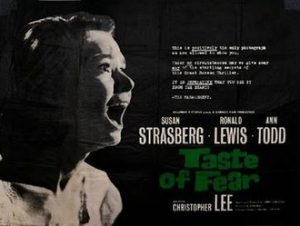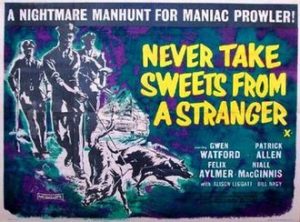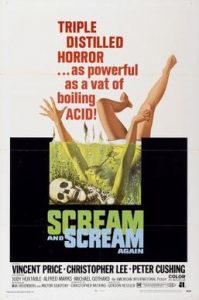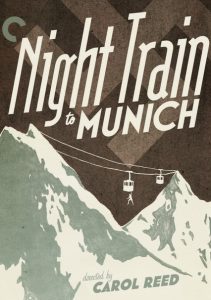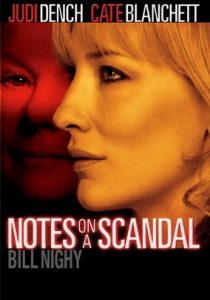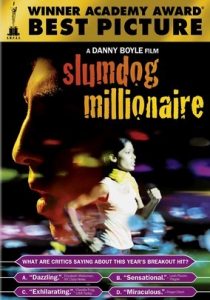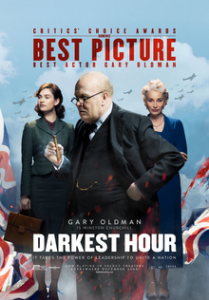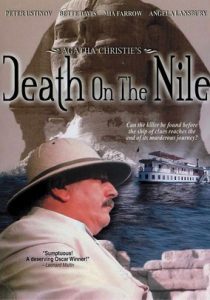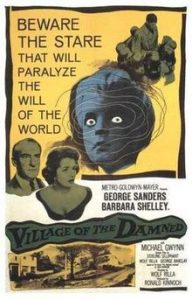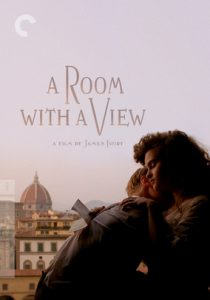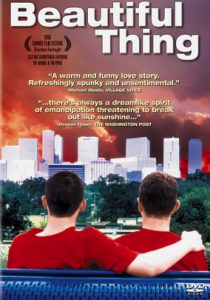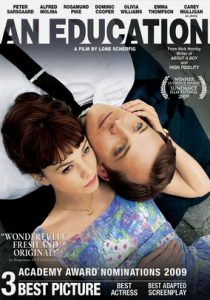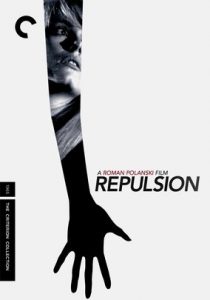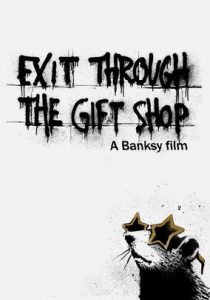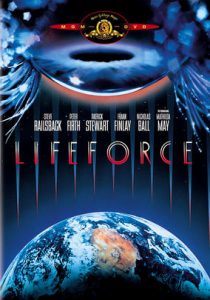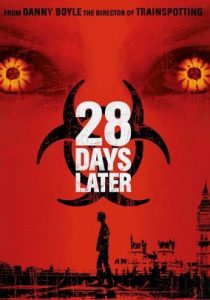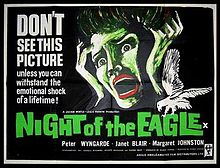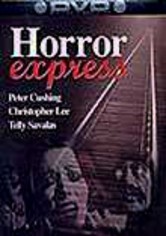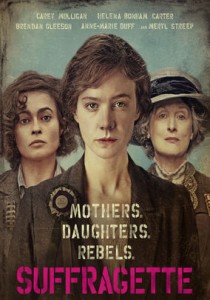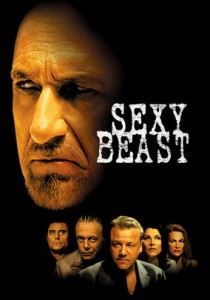The Reptile-1966
Director John Gilling
Starring Ray Barrett, Jennifer Daniel
Scott’s Review #978
Reviewed January 10, 2020
Grade: B
Hammer horror film productions offer treats to be enjoyed. The budgets are always small, adding to the mystique, fun, and wonderment of what can be done.
Impressive is how creative they get with a shoestring budget.
The Reptile (1966) is an excellent film with enough murder and intrigue to satisfy, though it has many plot holes and illogical sequences.
The British class and murky locales are fantastic.
Set in Cornwall, England, events begin in a macabre way when a middle-aged bachelor hears noises coming from a nearby estate. When he investigates, he is bitten by a demonic figure and rapidly develops the “Black Death,” which kills him.
Many locals succumb to a similar fate. The bachelor’s brother, Harry Spalding (Ray Barrett), inherits his brother’s cottage and moves in despite the warnings of the resident tavern owner, Tom (Michael Ripper). Tom is the only one of the townspeople to befriend Harry and his wife, Valerie (Jennifer Daniel).
Meanwhile, the sinister Dr. Franklyn (Noel Willman), the owner of the nearby estate, is the only resident near the cottage. He lives with his daughter Anna (Jacqueline Pearce). The Doctor treats his daughter with contempt as she is attended to by a silent servant (Marne Maitland).
When Anna asks Valerie for help, Valerie and Harry are led to the estate, where dire events occur. But could this be a trap?
The setting of the coastal town is well created, and scenes in cemeteries, par for the course with Hammer productions, add a good vibe. The cottage and the estate are well-manicured, and the film feels like a British gem.
Since the sets are low-budget, the exterior sequences add to The Reptile. Assumed is that the film was shot with a “day for night” technique, a trick used to simulate a night scene while filming in daylight. This makes for positive cinematography.
The film’s final thirty minutes are best when Harry and Valerie are invited to dinner at the Doctor’s estate. Banished to her bedroom for most of the evening, Anna emerges looking ravishing in an evening dress but is soon revealed to have been met with a curse, sheds her skin, and becomes a frightening reptile.
The servant has a hold over Anna and her father while a sweet black kitten comes into play.
The characters are interesting. Benevolent Harry and Valerie mix well with the dark and cynical Dr. Franklyn and the servant. Franklyn is irritable, and the servant, though he does not speak, is devious and riddled with mystery.
Ignoring warnings to flee the town and never return, the newlyweds refuse. Blissful in their new cottage and filled with the promise of fresh life, their spirit counterbalances their neighbors’, and when the characters intersect, the real fun begins.
The creature is a bit corny and hardly scary. The makeup, reportedly complex for actress Jacqueline Pearce, looks amateurish. The cover art makes the creature look much better than in the film, but budgetary limitations tightened things.
Kudos for introducing the female creature. It was tough to root for or against her, though, since we know little about why she went from gorgeous to evil.
From a plot perspective, the viewer is encouraged not to try too hard to figure out how circumstances relate. Why and how did Anna become cursed? Did the servant curse her, and why was he there? Is the group of caged animal creatures that Anna eats?
It is mentioned that Anna needs a hot environment—is the hot molten metal in the basement enough to keep her human? Many other inquiries could be made, but they don’t matter much.
The Reptile (1966) is worth a watch, especially for fans of classic Gothic horror. Although the cast is unfamiliar, the project would have been enhanced by adding Peter Cushing or Christopher Lee, mainstays of Hammer films, in either of the central male roles.
Still, the film succeeds, and the low budget creates a fabulous texture. The main appeal is that it is a good, fun horror film with little expectations.


